In the ever-evolving world of digital marketing, the quest for effective SEO strategies remains a constant.
While many have tried to decode the secrets of ranking higher on search engines, only a few have truly understood the essence of what makes content not just rank, but resonate.
Enter Counterflow SEO – a holistic approach that transcends the conventional checklist-driven methods.
This strategy, rooted in understanding the nuances of content creation, promotion, and relationship-building, offers a comprehensive roadmap to digital success.
As we delve deeper into the world of Counterflow SEO, we’ll explore its foundational phases, understand its divergence from traditional SEO practices, and unveil the principles that make it a game-changer.
Alot of people who want to market their business online, gets started by installing WordPress and write about their passions and make all kinds of mistakes in the process because they are unaware of the mistakes they are making.
Whether you’re a seasoned marketer or a newbie, by the end of this guide, you’ll gain a fresh perspective on SEO that’s both strategic and sustainable.
Now without further adieu…
What Is Counterflow SEO In A Nutshell?
Counterflow SEO is a digital marketing strategy with SEO as the foundation.
It has 4 phases,
- Phase 1: The Research Phase
- Phase 2: The Pre-production phase
- Phase 3: The Production Phase
- Phase 4: The Post-Production Phase
Each of these phases cater to a very specific objective which helps us to write blog posts that generate traffic, backlinks and social shares to expand your influence which in turn means more leads and sales.
Ever since the inception of Google, SEO has gotten a lot of attention.
Most people approach SEO in the form of a checklist to follow to modify their pages just to make it appealing for Google.
With Counterflow SEO we follow a strategy, and a strategy is very different to just having a checklist of things to follow like a chore.
Many people became successful because of this trend as it was so new, much like NFTs in 2020, but with a lot less scams.
By the end of this article, you will understand
- how SEO evolved over the years
- a birds eye view of the strategy
- the 4 phases of strategy
- 6 factors that make your content irresistible
So lets go…
Old World SEO Approach
In the Old World of SEO, people used to play by the rules, meaning people used to publish good quality content with no malicious intent to try and trick Google.
However, over time people who wanted to make a quick buck decided to spam Google with low-quality content.
Back then, people took a publish and pray approach to ranking on Google.
The common advice was that if you write content for your target audience, the traffic will come.
People used to compete with other content creators by pumping out articles like crazy with long tail keywords, buying backlinks, spamming forums for backlinks and following random tips and tactics trying to trick Google algorithms.
Even to this day, you will find people who follow the same process.
Their mindset to the approach is “How can I game the system to get an edge to rank on Google to make money?”
Now Google, being the search engine God it is, did something interesting.
They released an update to the algorithms, namely “Google Panda” in 2011 and “Google Hummingbird” in 2013, which didn’t end up being so good for article publishers back then.
Alot of people’s website traffic and livelihood went down overnight, because of their SEO malpractices.
Think of it like Google did the “Thanos snap” on the bad guys.
Learning their lesson from this event, people quit SEO completely and moved on to paid marketing with sole focus on trying to make their ad campaigns more profitable.
Then came the…
New Age SEO Approach
This approach to SEO involves alot of guest posting and if you observe closely, you’ll be able to see that this strategy has some influence from Gary Vee’s pillar content model.
When translated to the SEO world, it meant writing a massive piece of content on your site and then writing guest posts on other people’s sites, which links to you.
The downside of this was, the sheer degree of writing that you had to do was massive.
This strategy also was prone to people writing low quality articles, aka, word salad articles that just ruins people’s experience with Google.
Back in 2018, when I was looking to try to make money online myself and started a website called lean body beast, ironically I wasn’t exactly a “lean body beast” working on the blog, because of the sheer amount of work I had to put in.
Worst of all, that blog could only manage to get to page 2, because of all the mistakes I had done listening to the mainstream SEO tips and tactics.
After giving nearly an year and going through a rough patch in life, I decided to put an end to the blog.
Because everytime I wrote an article, I had this nagging self-doubt if the topic of the article or the keyword I chose was something that people wanted to read about or would be interested in.
At that point in time I didn’t know anything about the factors that get people to share content, so my writing was all over the place.
Anyway, from all that pain I learned a few things.
None of the SEO practices
- had any consideration for the reader’s experience
- focused on other content creators to get backlinks
- gave a good experience for Google’s users
- gave any certainty to a content writer about the topic and keyword they should be using to write their article on.
- focused on promoting the content and if there was any kind of promotion, it all relied on spamming forums which is not good.
Counterflow SEO Strategy
From all these mistakes, reading many books on marketing, copywriting, human nature, psychology, watching the entertainment industry, from many courses, observing how people sell stuff online, I put together the Counterflow SEO Strategy.
With this strategy all guess work in relation to your content marketing is removed.
Your content production and promotion will be strategic, instead of gambling with your topics and keywords.
You will never have to buy backlinks, because the strategy outlines the process for it.
You will never have to write 1000s of articles to rank online, in fact its not a good idea to write 1000s of articles.
You can build a blog that can truly withstand any Google update, because the mindset you adopt isn’t about gaming the system.
To make this strategy bulletproof I infused it with some covert marketing principles that only billion dollar corporations use, to get their customers hooked to their products.
Unlike the other strategies that fail to give you any clarity with the outcome of your efforts, I categorised the strategy into 4 phases.
4 Phases to Counterflow SEO Strategy
So, there are basically 4 Phases to Counterflow SEO Strategy.
- Phase 1: The Research Phase
- Phase 2: The Pre-Production Phase
- Phase 3: The Production Phase
- Phase 4: The Post-Production Phase
Phase 1: The Research Phase
At this phase, our goal is to eliminate all assumptions and operate on real data to get clarity.
You will find your target readers and the people you would need to appeal to, so that you can get backlinks from them.
You will find the right topic to write about to get backlinks, instead of brainstorming topic ideas in your niche.
You will find the right keywords to write your article around.
You will do all this using specialized Google keywords that you probably have never heard of.
If its not clear already, you can see how different this strategy is from most of the advice on SEO practices you read online.
Once we know backlinkers with whom we would be building relationships with to get backlinks, the topic and keyword to write your article on, then we move to the next phase…
Phase 2: The Pre-Production Phase
In Phase 2, you’ll reach out to your potential backlinkers and start building relationships with them.
You see, these guys got the position they have after putting in alot of hours and days of work and have rightfully achieved a level of success, when most people would quit.
To keep it blunt, you have to stroke their egos and make them feel good and amazing.
You can do this by either leaving an in-depth comment on their blog post, tag them in your social media, comment on their social media post etc.
The bottom line is to get on their radar, in a good way by contributing to them.
I would recommend continuing this process with a handful of backlinkers every week at least once.
A very important point to make is to never do these steps as a chore. Put your heart and soul into it.
The mindset to have is, “What can I do within my power to contribute to this person’s brand?“
When you approach building relationships with backlinkers, with this mindset you would naturally come across as genuine.
Phase 3: The Production Phase
In Phase 3, you get to work crafting an amazing piece of content by infusing the following 6 factors that get people to remember and share your content.
Your average reader gets bombarded with a ton of marketing messages from all kinds of media, so much so that its hard for them to remember these messages if you don’t stand out.
Since the dawn of SEO, most bloggers and content writers didn’t have a framework or a blueprint that they can replicate.
Hence, they ended up writing articles that didn’t get their readers hooked to stay and read more.
In an example I shared earlier, when I was working on Lean Body Beast blog. My articles were highly informative, however, it ended up looking like a school or university textbook.
The mistake I made was, I had to tailor the content in such a way it gets people’s attention and maintain it throughout the article.
Here are the 6 factors that you need to infuse in your content to make it stand out for your readers to remember you.
Factor #1: Practical Content
On the internet, practical content has more appeal than content filled with theories on a subject matter.
Practical content has a high perceived value because it involves steps to accomplish something or solve a problem.
When people use Google, they use it because they want to find answers to a problem.
If your content gives people a step by step process to solve a problem, your content naturally has very high perceived value.
This is primarily the reason why DIY sites and cooking recipe sites have a lot of demand, because they provide a step by step process to a goal your reader wants to achieve.
Factor #2: Awe Inspiring Content
Content that inspires awe in your readers, gets more shares and backlinks than a regular 500 to 1000 word, word salad posts.
I have a story to share in relation to this factor.
When I moved to Australia from Oman, I remember seeing the Eureka tower and seeing that tall building up close made my mind go “OMG!”
Why? Because in Oman, we didn’t have any tall buildings much like in Dubai.
It was a completely new life experience for me.
I felt like taking some pictures and sharing that with some of my friends and family members in Oman.
Its the same feeling that gets people to share your content online as well.
The easiest way to inspire awe in your readers is to write long form content that are not word salad posts.
Writing incredibly detailed articles that leaves no stones unturned, provides more value to your readers as well as your backlinkers.
Which in turn inspires social shares from both of them.
Factor #3: Memorable Content
As I had mentioned earlier, people are being bombarded with marketing messages and other content from multiple channels all the time.
If your content isn’t memorable, you have no shot at your content being shared.
Some of the best ways to make your content memorable is to brand your solution with a catchy name or something that your readers can relate to visually or conceptually.
For instance, I chose the name counterflow, because its way different and sometimes the complete polar opposite approach of blogging compared to many of the tips and tactics out there on the subject.
Another way of making a content memorable is to follow a certain framework, made famous by Russell Brunson in his book Expert Secrets.
Its hook, story and offer framework.
In a nutshell, hook, story and offer framework is a framework that is being used by many digital marketers to successfully get the attention of someone, share your story quickly which leads them to a single objective which is your offer.
For example: when writing your content, the hook would potentially emphasize the problem and highlight the benefit of reading your content.
Usually this would be in the introduction section of the content.
The story is the part where you outline your steps or various sections of your content.
The offer would be the single action that you would like your reader to take. It can be a comment, or a free PDF to download etc.
This would be in the conclusion section of the article.
Factor #4: Positive Emotions
Unlike traditional media, positive emotions work better on the internet.
Traditional media is all about propagating fear and propaganda, so that they can take advantage of the primary function of your brain, self-preservation.
You see when you are in fear, your mind automatically goes into thinking how to mitigate the cause of that fear.
Who sells you the product or service that alleviates that fear, the advertisers on the traditional media.
A similar situation is creeping up on the internet as well, with the whole situation with the lockdown that is going on right now.
However, its still been proven that positive emotions gets more shares because of the next factor.
Factor #5: Gain Social Credits
This is huge.
We as humans love to look good in front of others.
We love to share stories where we look good and amazing. Its natural for us.
So sharing negative stories and being part of a propaganda machine makes you look bad, in other’s eyes.
I remember, when people used to share horrible news and start spewing their negativity online, I just don’t follow them.
If there is humor that I enjoy, then yes I would consider following.
If there is no humor, I would check out, why?
Same reason, self-preservation.
Furthermore, when you write content for your backlinkers, if you were to praise or quote your backlinkers, your backlinkers would look good.
And so they are more likely to share your content with their audience, which brings you traffic and makes your backlinker look good.
Its a win-win.
We love, love, LOVE stories.
Ever since our cavemen days, we have enjoyed a good story.
The entire entertainment industry is built around that undeniable fact.
The same applies to your content.
Including stories in your content helps you engage with your readers and make your content memorable.
If you were to write content that is like a step by step guide, one might think there may not be many opportunities to include stories.
However, you can perhaps briefly outline how you discovered this solution, which gives people context to the solution to a problem they had been facing as well.
By infusing your article with these factors you have a much better chance at getting and maintaining your reader’s attention to have your impact on them.
Now, I understand it can be quite daunting to think about all these factors when writing your content, which is why in Phase 3 I outline a step-by-step recipe-like process for you to follow making it simpler for you to implement these factors into your next content.
Think of it as a content writing blueprint, if you will.
Phase 4: The Post Production Phase
Unlike most bloggers, we don’t rely on a publish and pray approach.
In Phase 4, we promote the content you have written so far, so that you get backlinks and social shares right out of the gate.
You get to reap the benefits of all the efforts you had done so far, at this phase.
Specifically, if you have done the Phase 2 right, Phase 4 is where you get your payoff because when you reach out to your potential backlinker, you are no longer a stranger.
You are sharing something that they are also interested in.
If you have written a great piece of article as mentioned in phase 3, your chances of success skyrockets.
In addition to just getting backlinks, we can also leverage some of the new age seo practices here, and that is to repurpose your content for maximum content reach along with strategic content distribution on other writing platforms.

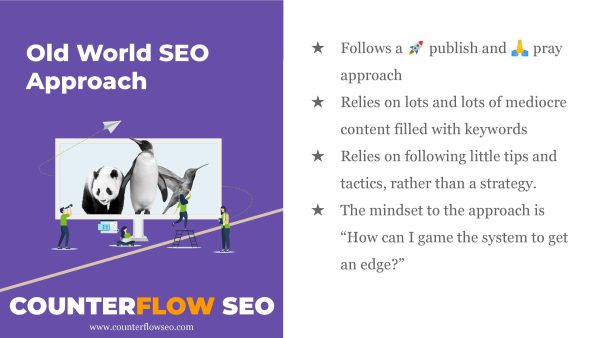

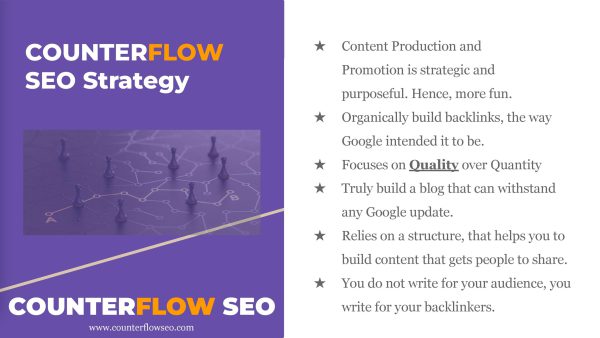
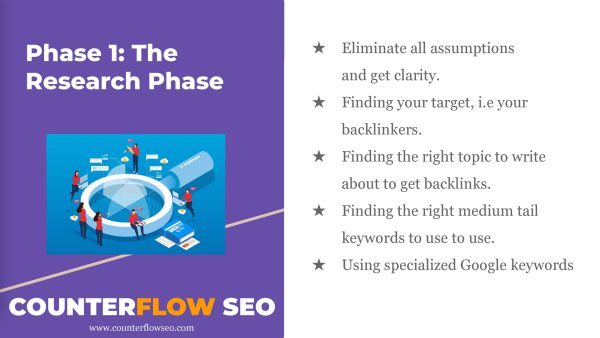
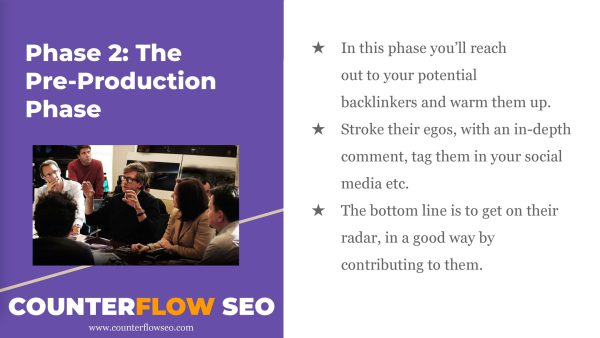

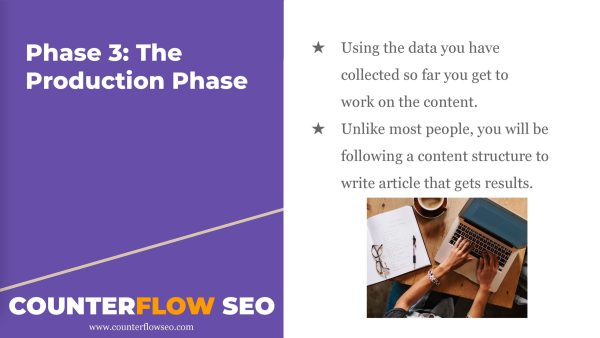

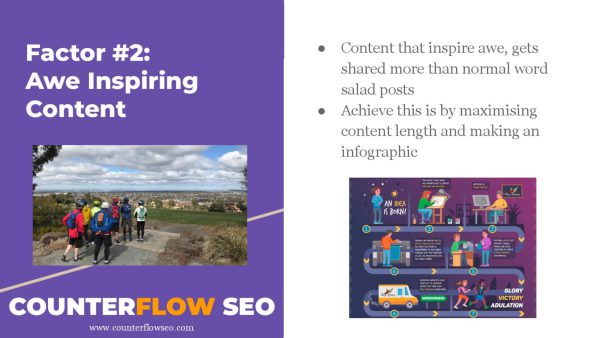
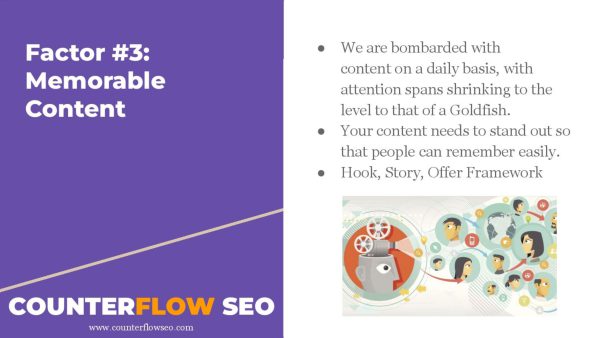
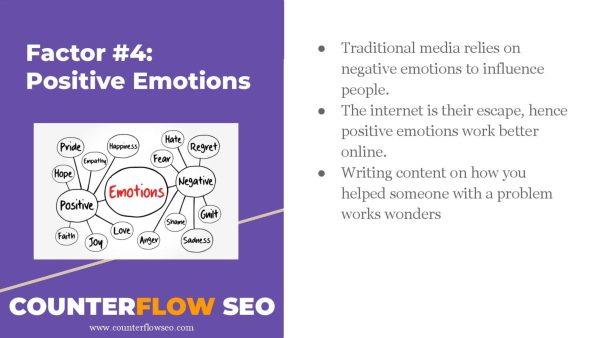
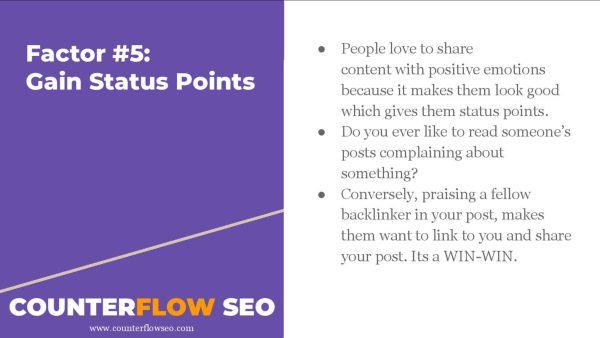
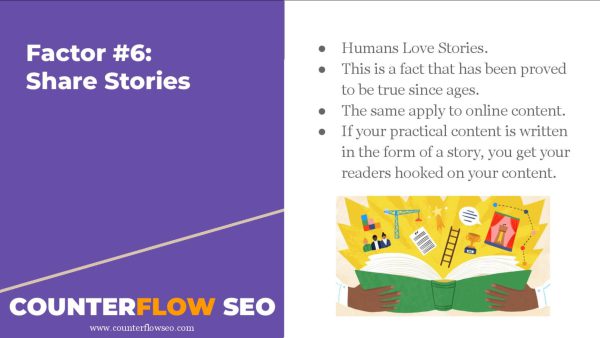
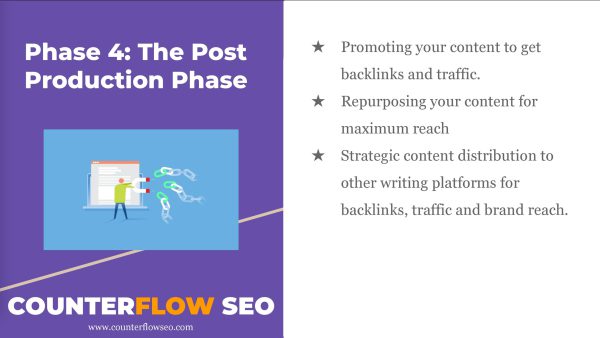
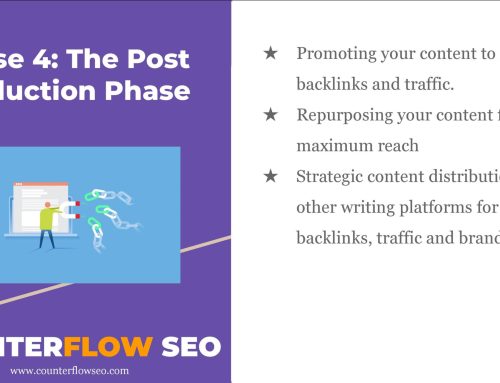
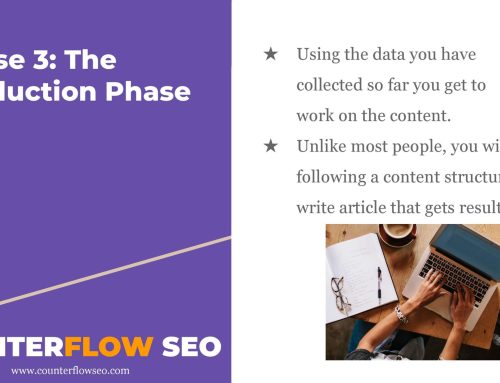
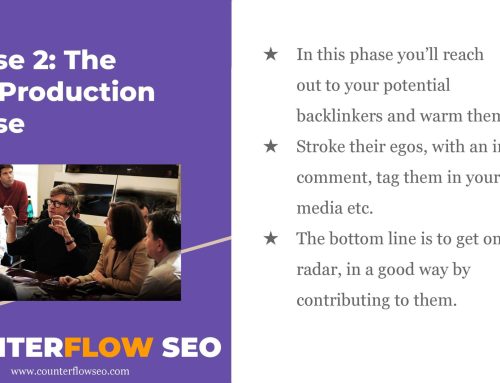
Leave A Comment